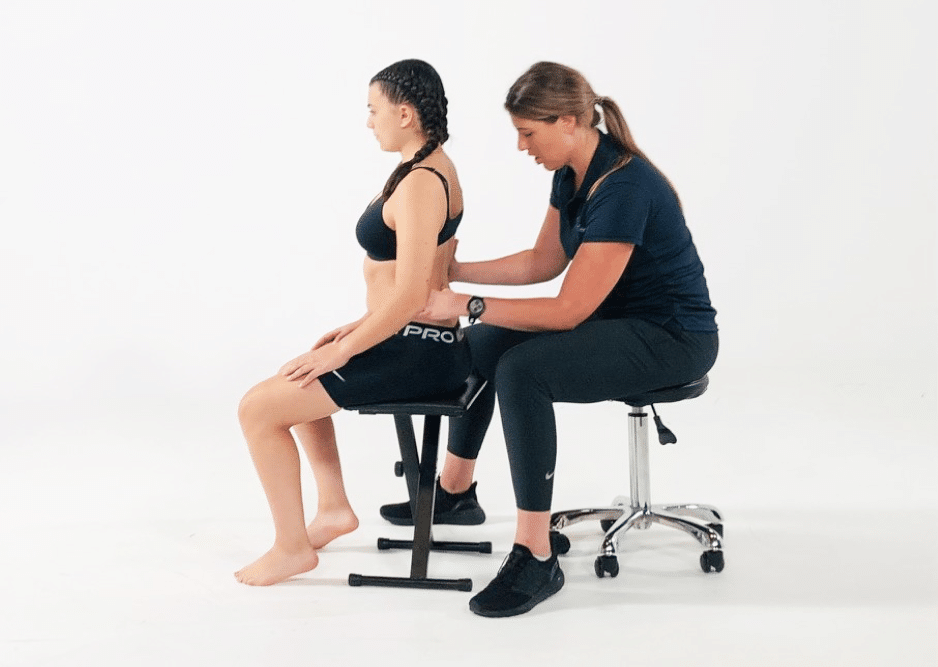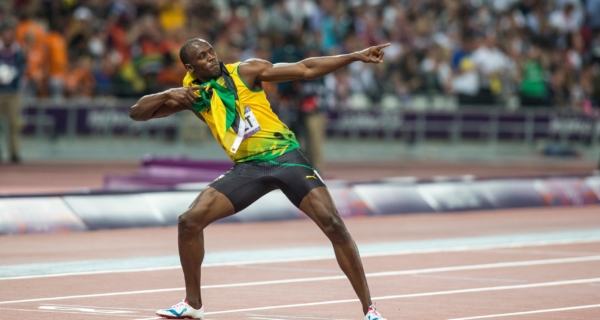The potential effectiveness of scoliosis specific exercises can at times create much debate. This was particularly evident in the past when scientific evidence in support of such therapy was limited (1). However, thanks to the perseverance of scoliosis specific therapists around the world, we have evolved to have more evidence in support of these exercises (2, 3, 4).
Scoliosis specific exercises are exercises uniquely designed for children and adults with scoliosis (2). These exercises are different to typical therapeutic exercises, general exercises and even sport. According to the International Society of Scoliosis Orthopaedic and Rehabilitation Treatment (SOSORT), scoliosis specific exercises should consist of:
- Autocorrection in 3D
- Training in activities of daily living (ADL)
- Stabilising the corrected posture
- Patient education (2).
Current evidence shows that scoliosis specific therapy has potential effects on Cobb angle, angle of trunk rotation (ATR) and quality of life in patients with adolescent idiopathic scoliosis (AIS) (4). There is also growing evidence to support the use of exercises in adults with scoliosis (3). While there is definitely room for better quality studies in this area, our staff at ScoliCare have the benefit of seeing the positive effects on patients using our scoliosis specific exercise program called ScoliBalance.

Who is Prescribed Scoliosis Specific Exercises?
Scoliosis specific exercises are often prescribed to younger patients with milder curves (<20-25 degrees). This is particularly important if there is growth remaining in the child because the growth spurt is associated with higher risk of progression (5). When the curves are larger, then the patient is often also prescribed a brace to work in conjunction with the scoliosis specific exercises (2). In adults the exercises can be used to slow down the progression of scoliosis (3).
How do Scoliosis Specific Exercises Work?
The exercises prescribed tackle the three-dimensional problem of scoliosis. While it is easy, and often a natural tendency, for there to be a focus on the cobb angle, there is a need to ensure that the patient is treated holistically (6). In other words, there is so much more to consider in the patient other than just the Cobb angle. The Cobb angle is a two dimensional measurement of the angle of the curve on X-Ray. However scoliosis features three dimensional structural changes that all need to be addressed.
The therapist assesses the patient in a clinical setting, including the postural changes occurring because of the scoliosis, and is skilled and trained to derive an appropriate plan. There is a plan towards 3D correction and applying the corrected posture into ADLs. So, for example, when one of our patients is really dedicated to a particular sport, our team will work towards incorporating the exercises into their sporting activities. Or if an adult has a job with particular postures then our team will use some simulations of the work setting to ensure that the exercises are applicable for that patient. No two programs are the same.
The idea is to work towards the patient knowing how to get into a corrected posture and being able to stabilise that. And finally, it is vital that patients are educated. We work to empower each patient to manage their scoliosis as best they can. We are here to support and train, but at the heart of it is the goal of ensuring that patients are as independent as possible.
Do all Patients With Scoliosis Need Scoliosis Specific Exercises?
While there is no blanket yes or no for all patients, it is important to ensure that patients are assessed to ensure that they have access to treatment if they need it. Not all curves progress, but if they do, once the curves are beyond 50 degrees then the suggested treatment is often surgery (1). Sometimes you will find that surgery is recommended in patients with curves lower than 50 degrees if the patient is very young. If you are not sure please feel free to reach out to one of our friendly clinicians for a discussion. Or take advantage of our free x-ray analysis service. It is super important that each patient gets the right treatment at the right time.
Questions? Email support@scolicare.com
Author:
Rosemary Marchese
Physiotherapist, Scoliosis Training and Education Manager
References:
- Monticone, M., Ambrosini, E., Cazzaniga, D., Rocca, B, and Ferrante, S. (2014). Active self-correction and task-oriented exercises reduce spinal deformity and improve quality of life in subjects with mild adolescent idiopathic scoliosis. Results of a randomised controlled trial. Euro Spine J 23: 1204-1214.
- Negrini, S., Donzelli, S., Aulisa, A. G., Czaprowski, D., Schreiber, S., de Mauroy, J. C., Zaina, F. (2018). 2016 SOSORT guidelines: orthopaedic and rehabilitation treatment of idiopathic scoliosis during growth. Scoliosis Spinal Disord, 13(1), 3-3. doi:10.1186/s13013-017-0145-8
- Negrini, A., Negrini, MG., Donzelli, S., Romano, M., Zaina, F. and Negrini, S. (2015). Scoliosis-specific exercises can reduce the progression of severe curves in adult idiopathic scoliosis: a long-term cohort study. Scoliosis 10: 20.
- Zhour, Z., Liu, F., Li, R. and Chen X. (2021). The effects of exercise therapy on adolescent idiopathic scoliosis: An overview of systematic review and meta-analyses.
- Weinstein, S. (2019). The natural history of adolescent idiopathic scoliosis. J. Pediatr Orthop 39(6: Suppl1).
- Negrini, S., Grivas, T., Kotwicki, T., Maruyama, T., Rigo, M., Weiss, HR., SOSORT members (2006). Why do we treat adolescent idiopathic scoliosis? What we want to obtain and avoid for our patients. SOSORT 2005 Consensus paper. Scoliosis (2006) 1: 4.


